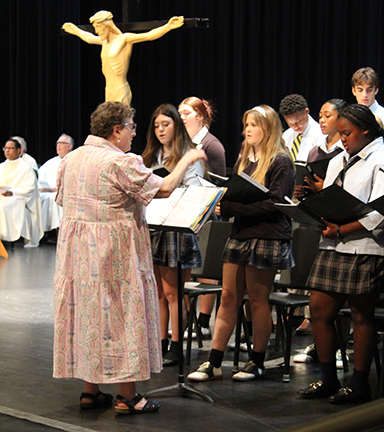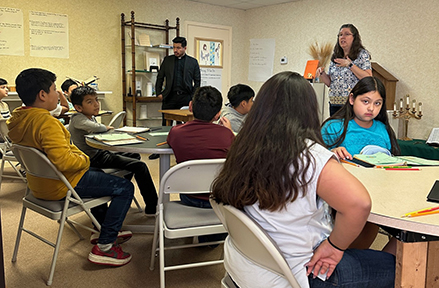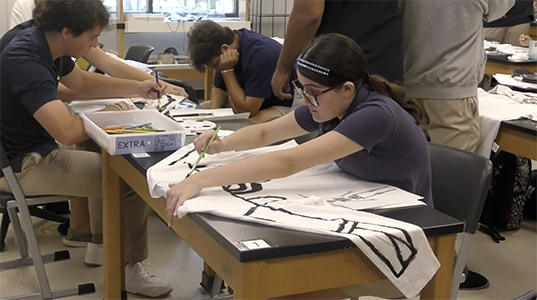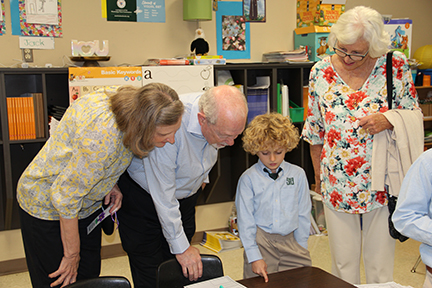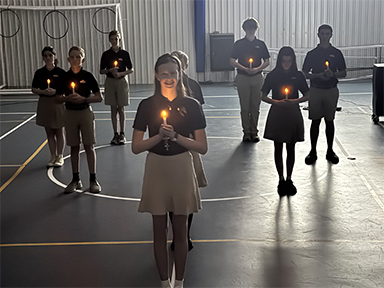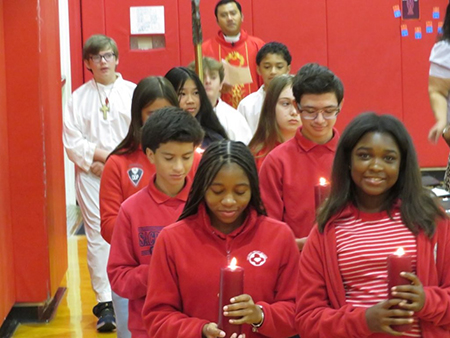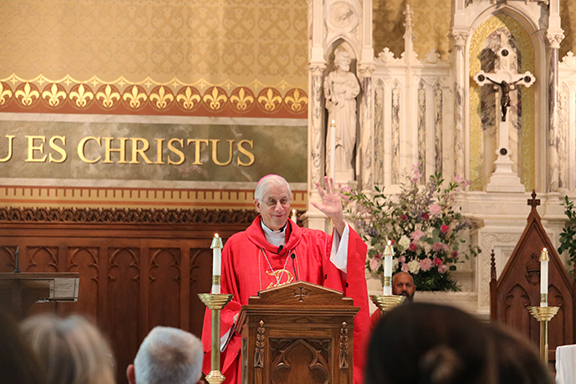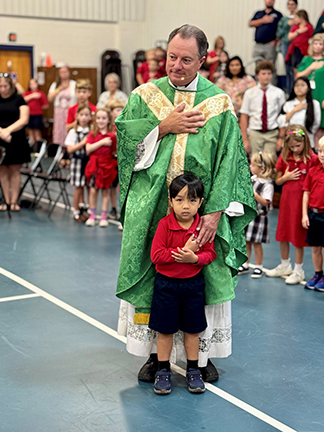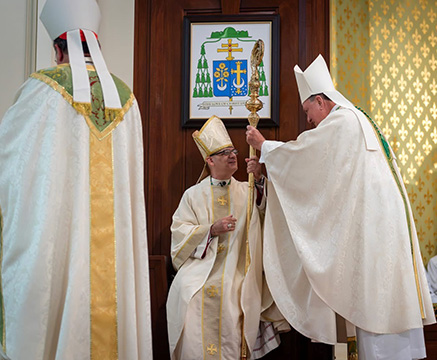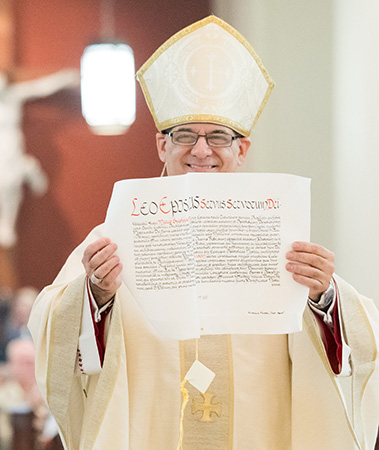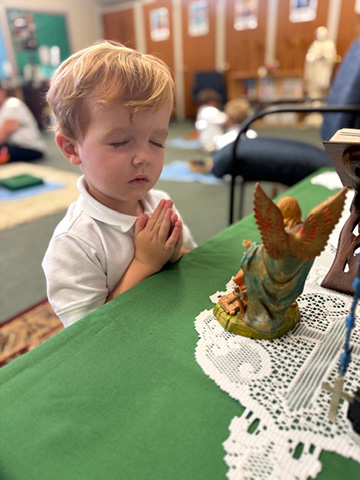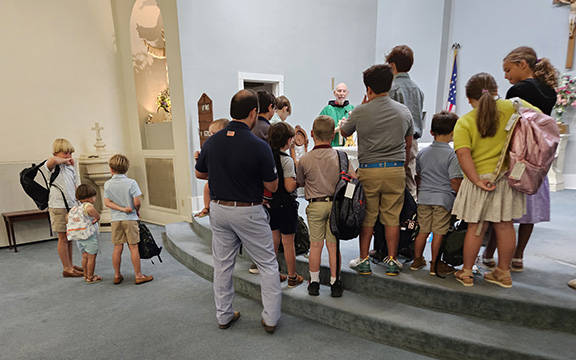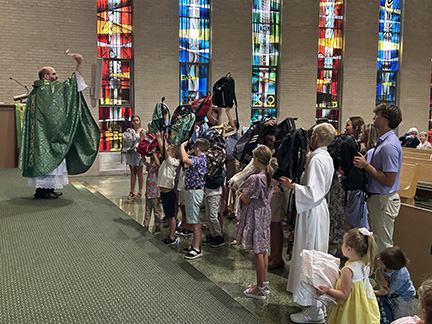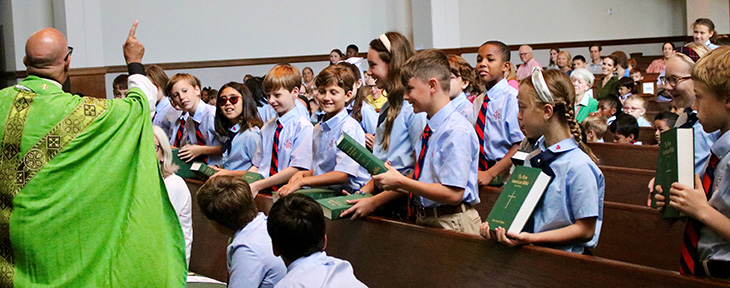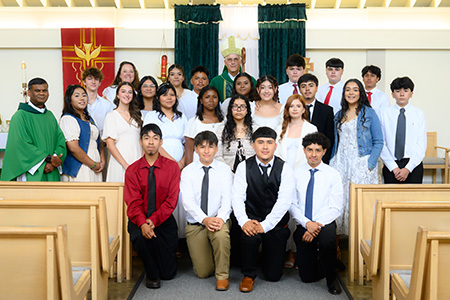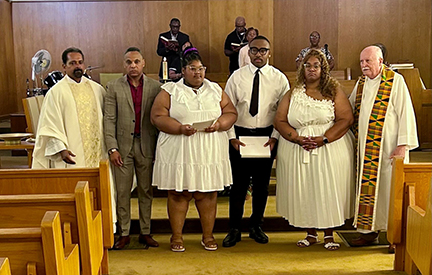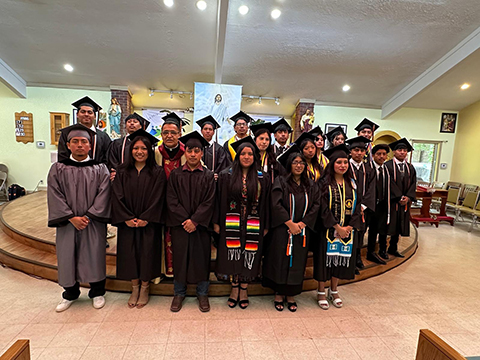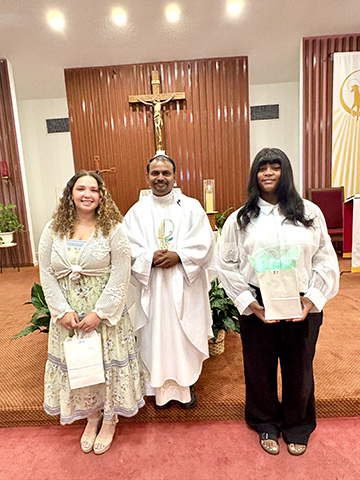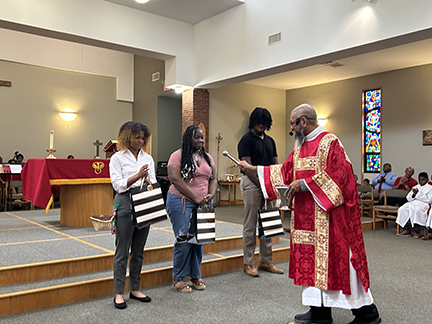By Joanna Puddister King
MADISON – The spirit of faith and generosity filled St. Francis of Assisi Parish on Saturday, Oct. 11, as nearly 300 guests gathered for the sixth annual Homegrown Harvest Festival – an evening of blues, barbecue and support for the future priests of the Diocese of Jackson.
The event raised a record $189,000, with donations still coming in. Funds from the night directly support the diocese’s 12 seminarians and the Office of Vocations’ efforts to promote priesthood.

For the first time, the event featured a live auction led by EJ Martin, who energized the crowd with a “raise your paddle” appeal. Guests pledged at various levels helping the live auction alone bring in $15,400.
“It was a wonderful evening,” said Father Nick Adam, diocesan director of vocations. “We had a record number of guests and raised a record amount for our seminarians. Every dollar supports our twelve current seminarians and our efforts to continue to promote the priesthood throughout the diocese.”
Father Nick noted that three additional men are currently applying for seminary next fall. “We would love to hit $200,000, which was our goal heading into the night,” he said. “If we do, that amount would help educate four of our seminarians for a year.”
The silent auction was another highlight of the evening, featuring dozens of donated items, including 12 themed baskets created by the families of each seminarian. The baskets reflected the personalities and favorite pastimes of the seminarians – from sports teams to snacks, and even a few with bottles of their favorite spirits.
“One of the greatest gifts of the evening was seeing our seminarian parents having such a great time and working together in support of our men,” said Father Nick. “They’ve really grown together over the past several months as they walk with their sons.”
A new touch this year were special buttons and ribbons worn by seminarian mothers, a visible sign of their pride and their sons’ ongoing discernment. Many families spoke about forming a prayer group to lift up their sons, Father Nick and future vocations.
Seminarian Grayson Foley, a graduate of St. Joseph School in Madison, drew laughter and applause when he shared his vocation story with the crowd. Using humor and heartfelt honesty, Foley told how God spoke to him through his love of basketball.
“I had an experience in adoration where I saw the Lord face to face,” he said. “I prayed, ‘Thy will be done,’ and for the first time I really meant it. I thought I was giving up basketball, but the Lord gave it back a hundredfold.”
Foley explained how he met then-Deacon Nick Adam on a basketball court years ago, where the two bonded over the sport that would later lead Foley to discern seminary. “Everything we do is for you,” Foley told attendees. “My life is not my own – it’s completely yours.”
Among the seminarians recognized was Will Foggo, who will be ordained to the transitional diaconate on Nov. 29 at Cathedral of St. Peter the Apostle in Jackson. Foggo, the most senior of the group, will serve as a deacon at St. Joseph Parish in Starkville until his priestly ordination in May 2026.
The cost of education, room and board for each seminarian runs close to $50,000 per year, underscoring the importance of continued support from across the diocese.
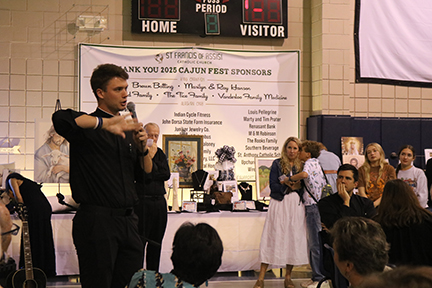
“The work of calling forth more young men to consider priesthood is continuing,” said Father Nick. “We still have our goal of 33 seminarians by the year 2030. I know it sounds crazy, but with God, anything is possible.”
The night’s joyful fellowship, generous giving and laughter from stories like Foley’s showed that the seeds of that vision are already taking root.
(To support seminarian education, contact Rebecca Harris in the Office of Stewardship and Development at (601) 969-1880 or rebecca.harris@jacksondiocese.org.)



